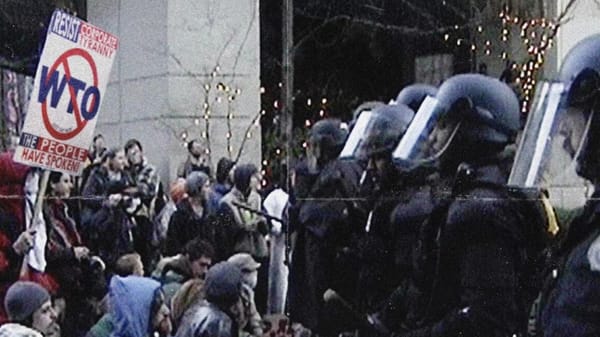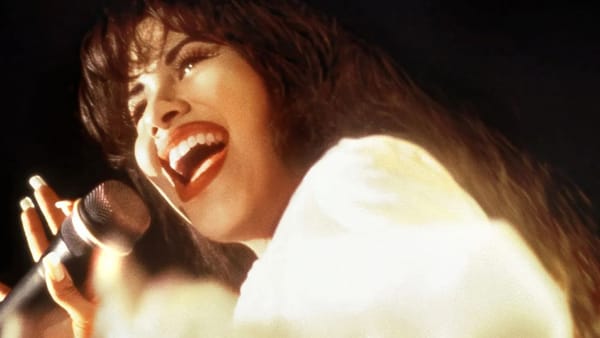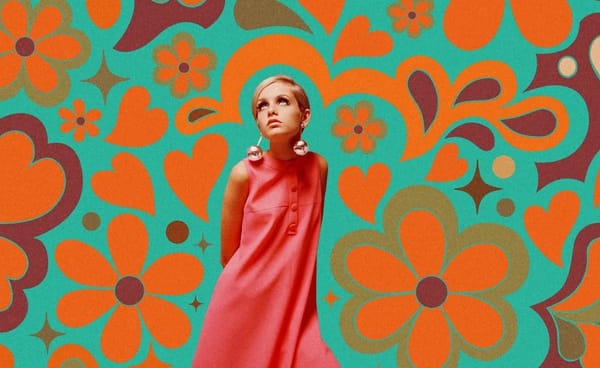Wiseman Wednesday: Model (1981)
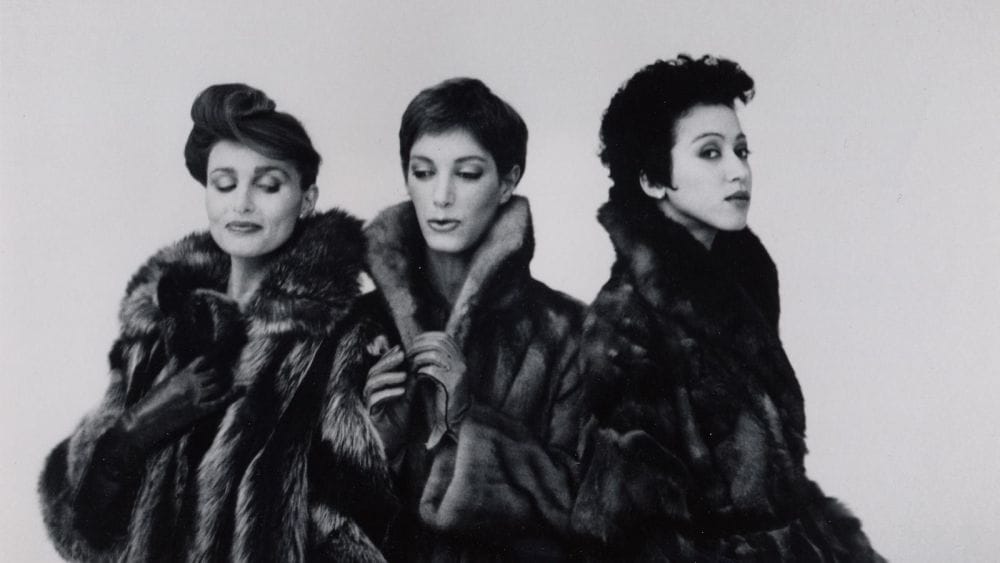
Wiseman Wednesdays is a new (hopefully) semi-regular feature at reDocumented.
Model screened at the 2025 Melbourne International Film Festival.
“’Cause he loves the modelss,
and he hugs the models,
goes to the lunch with models,
‘cause it’s all he’s got to say.
And when he sleeps with models,
and he dreams of models,
wants to be a model,
‘cause it’s all he’s got to say.”
Girls Aloud, “Models”
Models can be a real Rorschach Test, I feel. Do you consider it real work or is it just flamboyant excess and pretty laziness? Subversive takes on the profession have come in film and television and music, critiquing preconceptions and, usually, the men that associate with models more than the models themselves. This is one of the best.
Director Frederick Wiseman in his infinite wisdom lets the viewer reflect on our thoughts on any subject matter through quiet observation. He doesn’t lead us in any one direction with the 1981 documentary Model, allowing us to consider both the arduous technical nature of modelling as well as the mundane frivolity of it (depending on what day of the week it is). He presents modelling as an important facet of a society, whether we like it or not, that performs an important function for numerous industries, and which impacts our engagement in the culture more than maybe we think. With the film, he finds the grit and the patience and the silliness and the ordinariness of it all with an appropriate stylishness that makes it a fascinating precursor of later works such as Robert Leacock's Catwalk and Douglas Keeve's Unzipped, both released a decade and a half later.
Of course, none of this should be surprising. This is Frederick Wiseman after all. He and New York City go especially well together and here he uses the city to some of his best advantage (see also Central Park, Ex Libris: The New York Public Library and In Jackson Heights). It’s a place to find grace and communities and pockets of hive-like activity among the broader chaos. His camera observes not just models and photographers at work, but garment district workers carting racks of dresses, bemused onlookers on streetscapes full of assistants and producers, and office minions, a dozen to a central room, busily building and potentially dashing dreams (5’6.5” is going to be really tough!). He captures the natural ease with which beauty can occur as well as the back-breaking and repetitive effort it can take to make that beauty look natural. Like hiding under sinks during shower shoots! Like those other few Wiseman titles, this feels like a quintessential New York movie, shot in splendid black and white by regular Wiseman DP John Davey in what may just be the best-looking work of either’s career. Rather apt, I must say.
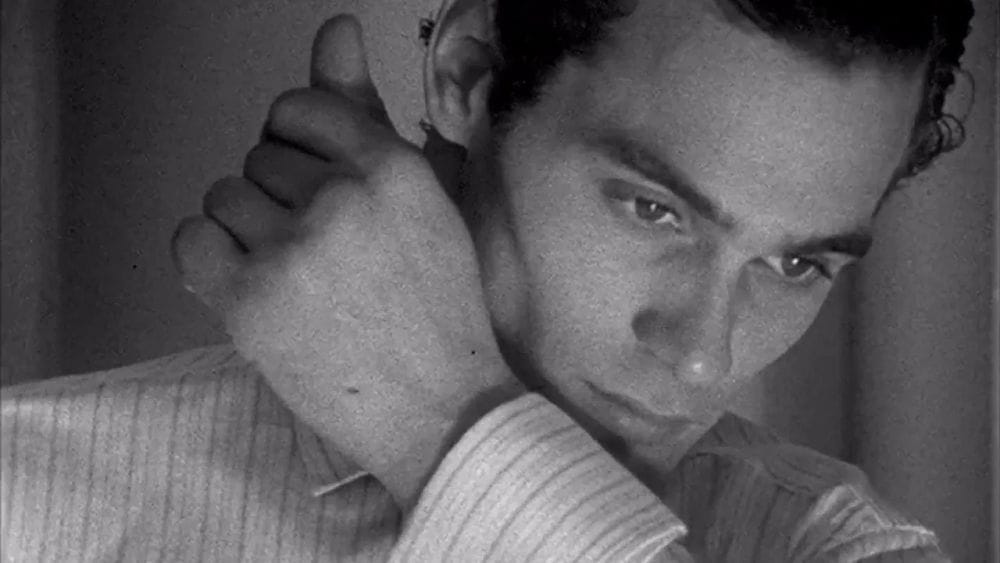
It's also fitting that Wiseman would make this film at the turn of the decade, releasing in 1981—a decade epitomised by the shifting tides of America’s capitalist landscape and the world at large tipping further into a culture of empty consumerism. The supermodels weren’t too far away and the commodification of beauty was only going to get more pronounced. I’m not sure what Model would look like in the age of Evangelista, Campbell, Turlington and Macpherson, but it would be something very different. It’s almost quaint to see the Zoli modelling agency that forms the heart of Model. With what appears to be a sort of open door policy for anybody with good hair and an alluring face, they busily prepare wannabe models for the life of a fashion and catalogues. As seen in sequences of a different documentary being shot (an unexpected and, for Wiseman especially, unusual meta touch), the agency’s head notes that women only have so many years to make their life’s savings in this business. Men typically can go for a couple of decades. In the age of AI where virtual models don’t need to age, we may soon long once more for the real faces of models even if they are more glamourous or handsome than we could ever hope to be ourselves.
It may appear superfluous or frivolous compared to many other Wiseman documentaries. And, sure, compared to the institutional patient abuse or the education system, it probably is. But the fact of the matter is that models and the art of photography (whether it’s used to capture an attractive person in an equally attractive article of clothing, or something far more life and death) are integral parts of our society and of (in this case) American life. Wiseman’s camera is graceful as he observes it and affords it the seriousness with which he would any of his other subjects. In one moment, we get to see the finished product of a pantyhose commercial that we have spent about 20 minutes watching being filmed and re-filmed over and over again to get it exactly right by a commercials director who looks like he spends eight months a year smoking cigarettes in Saint-Tropez flanked by beautiful women. I wanted to applaud. In another he observes Andy Warhol, a man whose thesis for existing was the meeting of consumerism and beauty. An Oscar de la Renta fashion show (polka dots were in) makes for the sort of joyous conclusion that I didn’t expect from Wiseman. I found myself sympathising with models whose names we never even learn but who see this world as a way to a better life. In many ways, modelling is the ultimate American career. I think Wiseman understands that a bit.
If you would like to support documentary and non-fiction film criticism, please consider donating by clicking the above link. Any help allows me to continue to do this, supports independent writing that is free of Artificial Intelligence, and is done purely for the love of it.
